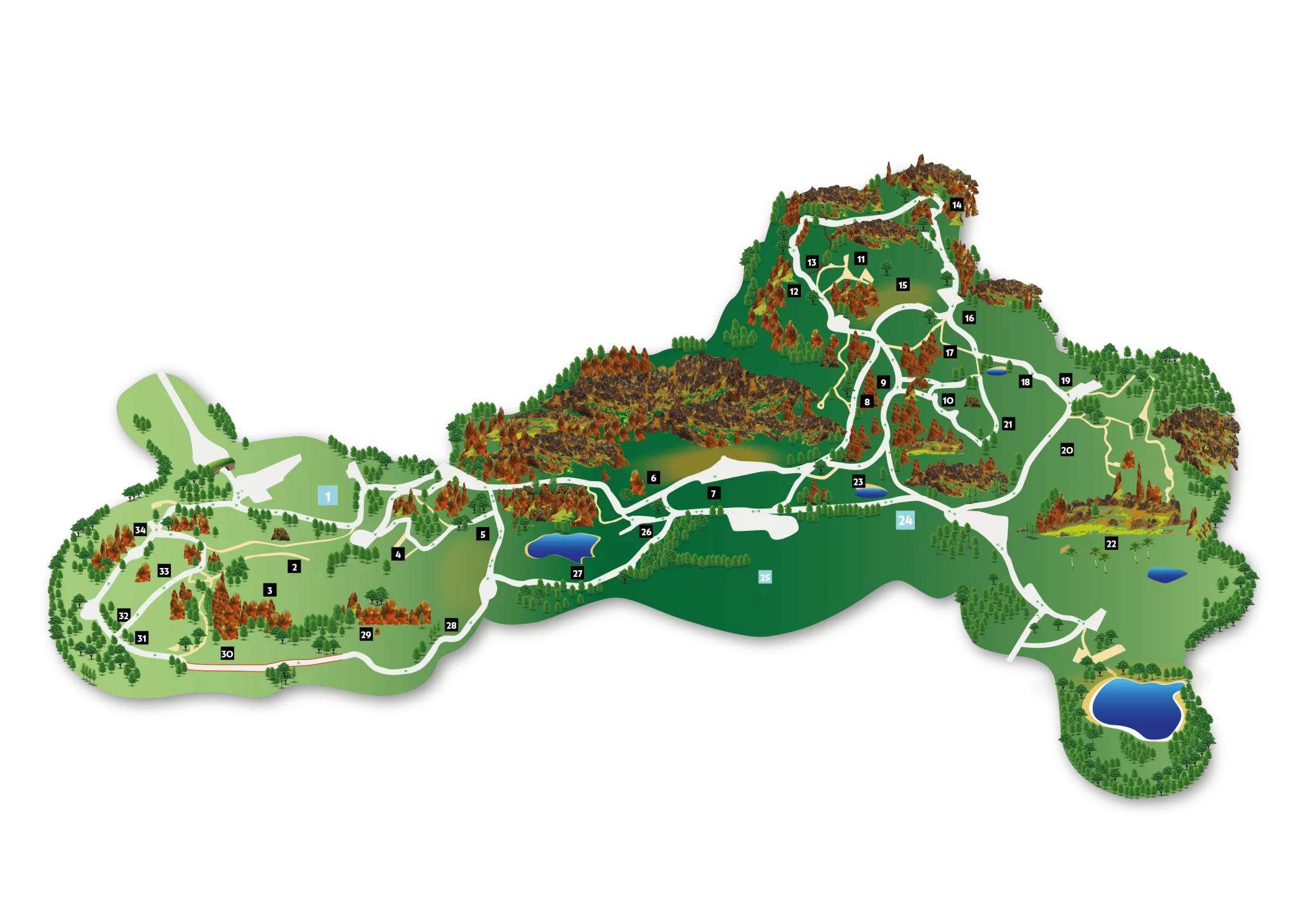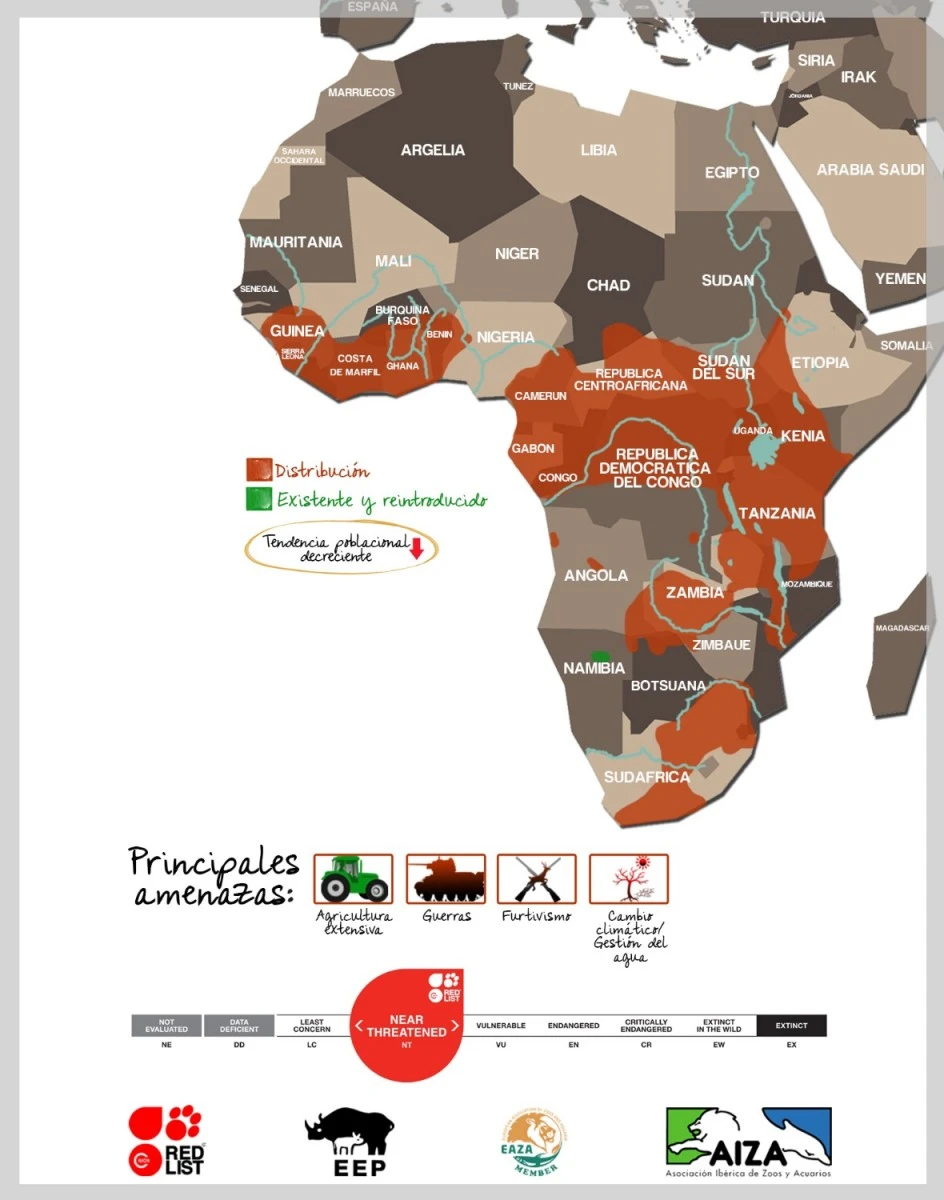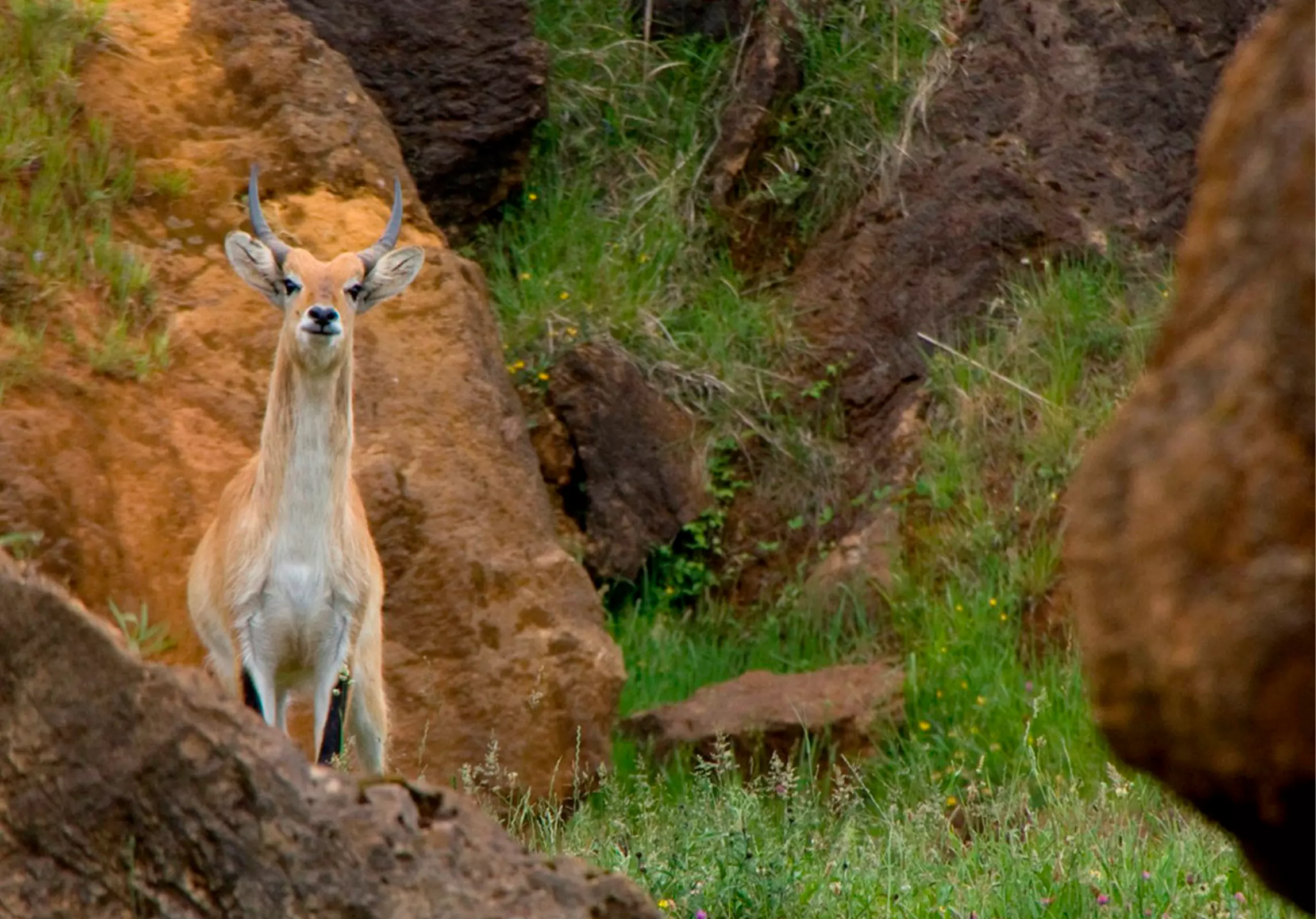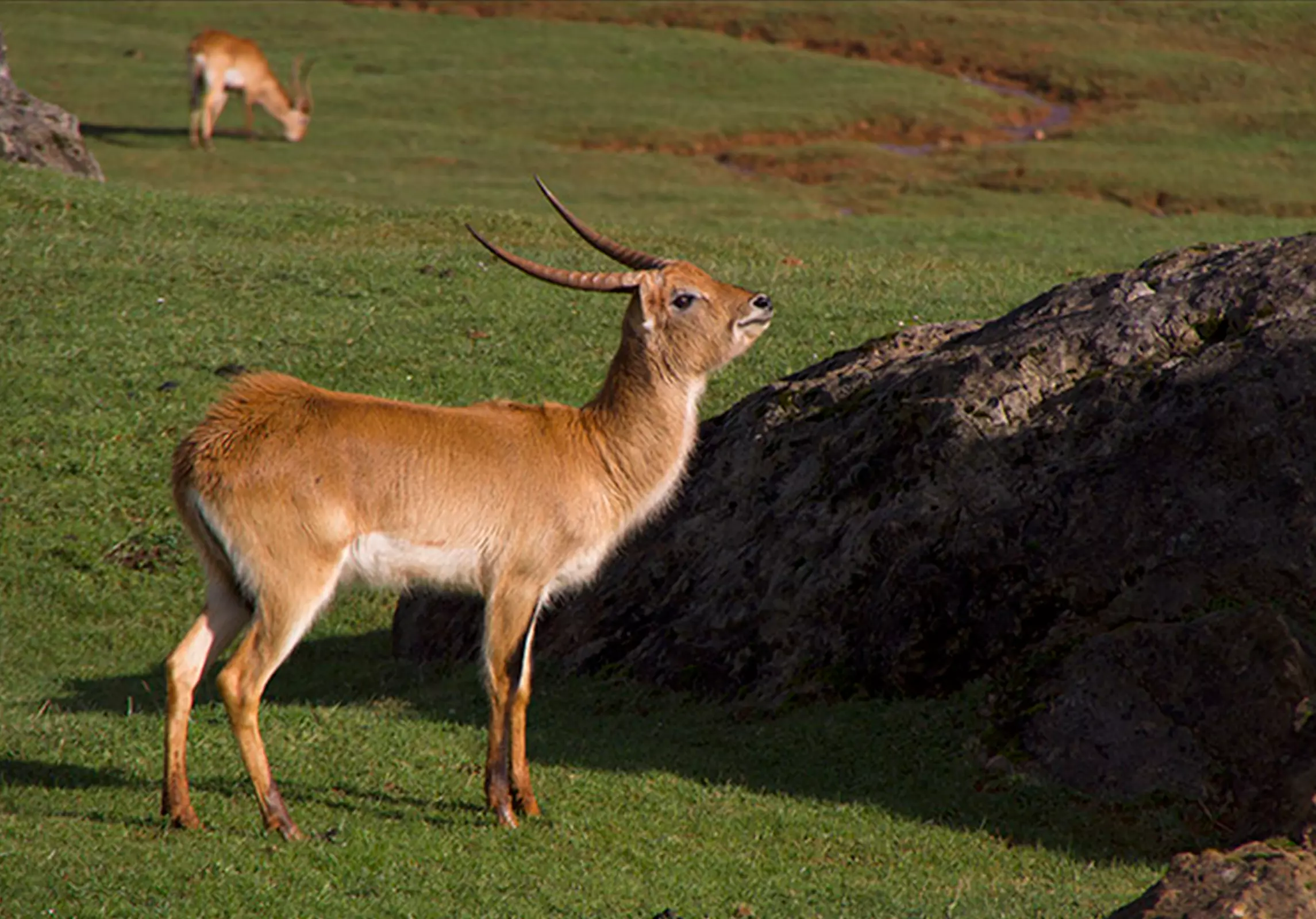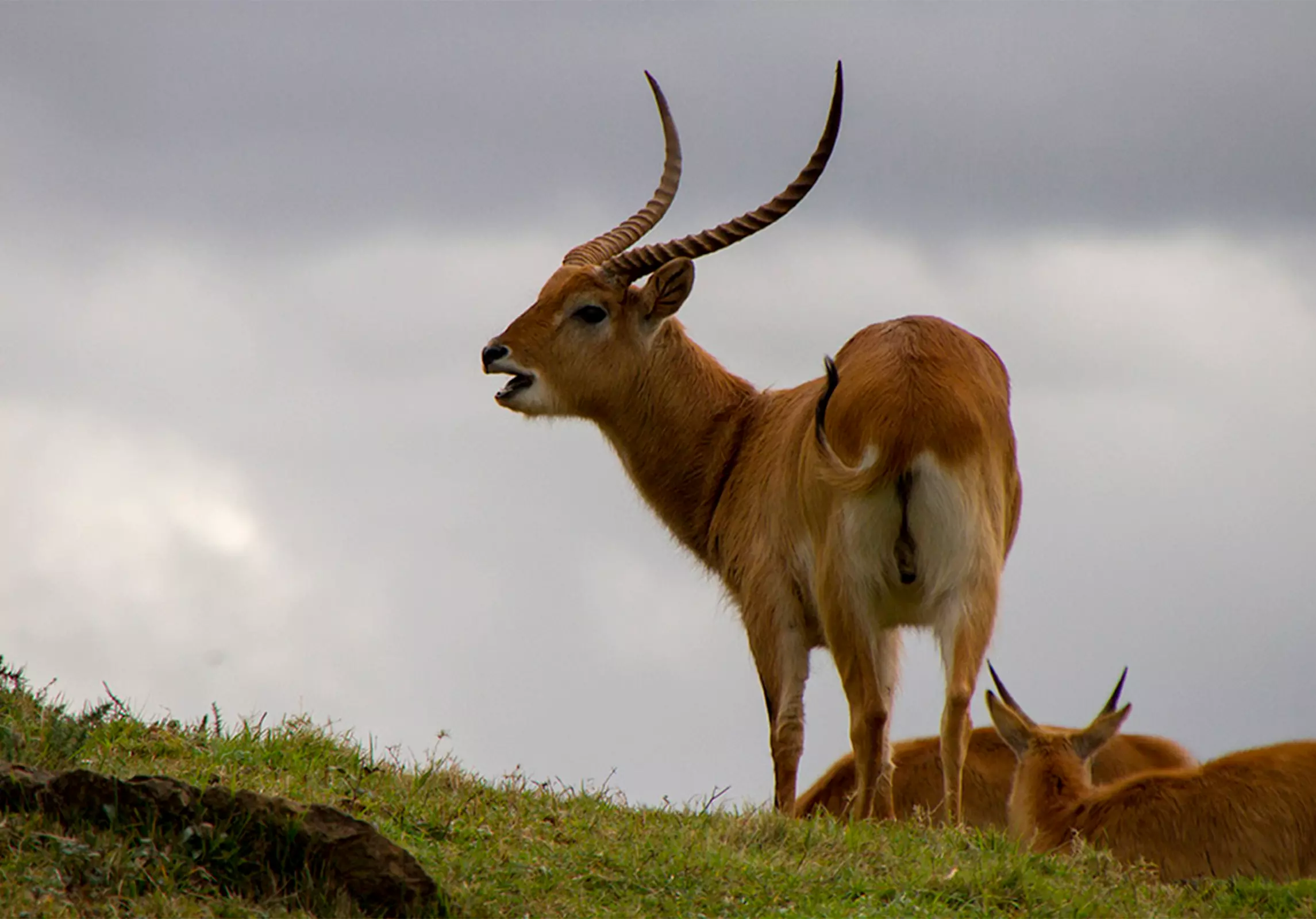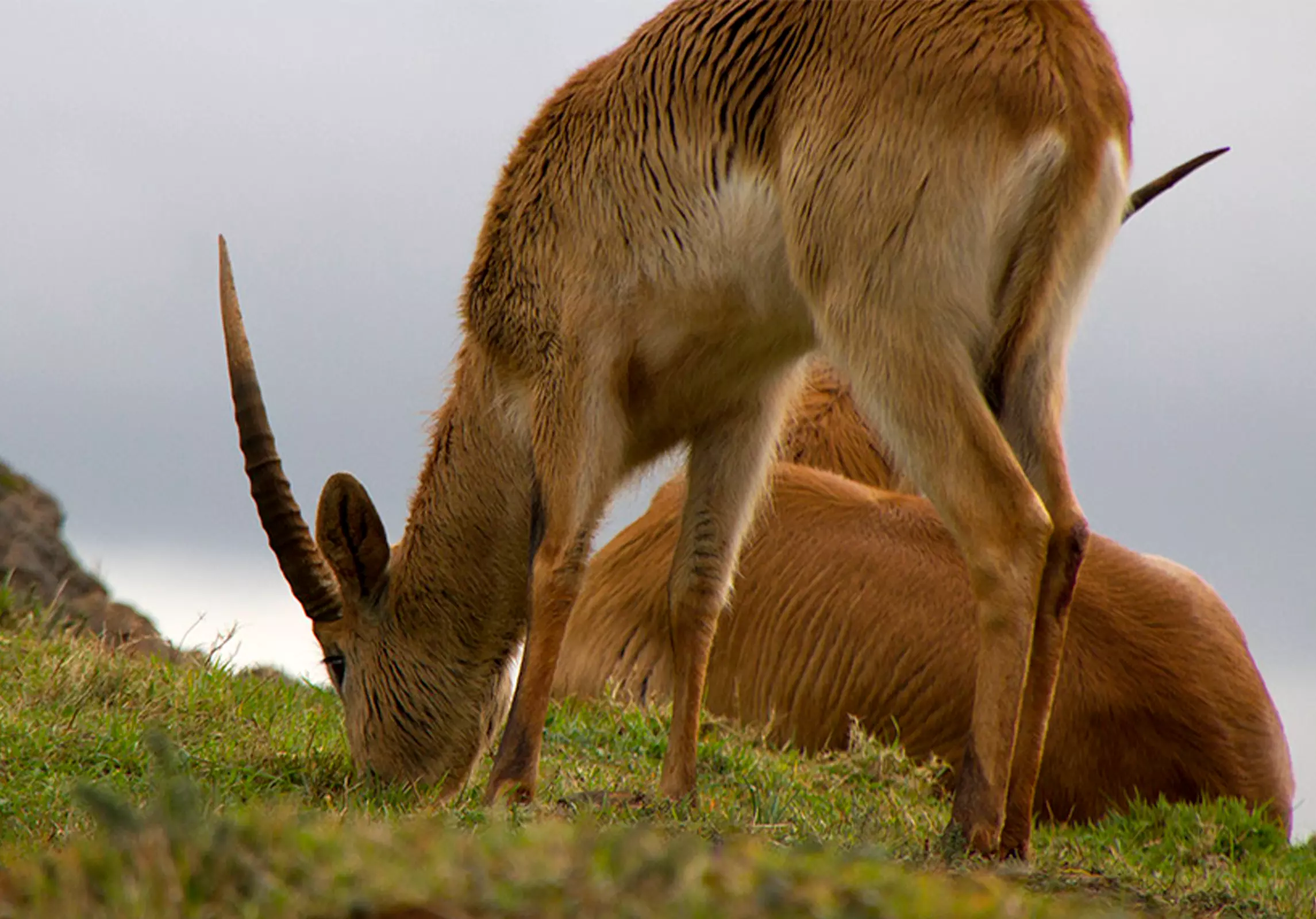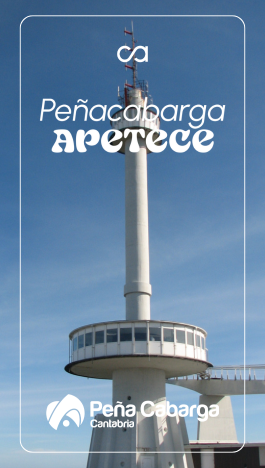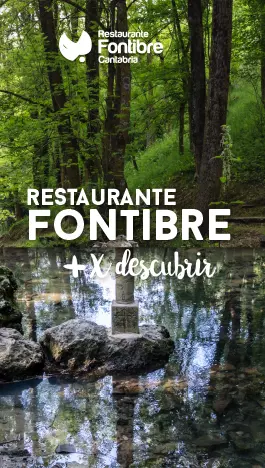
It is an antelope that inhabits the flooded grasslands and wetlands of Africa, which is why it coexists with African elephants and water buffaloes in an enclosure notable for the ponds or mud wallows that the pachyderms create with their tusks for their mud baths. Its coat, which varies between golden-brown and white on the belly depending on the subspecies, allows it to perfectly camouflage itself in its natural environment. One of its most outstanding characteristics is its hind legs, notably longer than those of other antelopes, which allows it to move quickly and agilely over soft and waterlogged ground, facilitating its escape from predators.
Its ability to wade and swim with dexterity allows it to use water as a safe refuge from dangers. It adapts perfectly to wetlands, where it prefers plains with fresh, humid grass, which remain so even during the dry season. While in cool climates it does not need to drink frequently, in hot periods it can hydrate up to three times a day.
The males of the Lechwe have spiraled horns measuring between 45 and 92 cm that they use to compete for the attention of females. Additionally, their coat is greasy and has a distinctive smell due to the absence of scent glands. Their hooves are specially designed for walking on marshy ground, and their legs have a water-repellent substance that allows them to move quickly in this environment, thus protecting themselves from predators.
It is a herbivore that feeds primarily on aquatic plants, playing an important role in maintaining the ecological balance of wetlands. Regarding their social behavior, males usually gather in territories called leks, where they compete to attract females. Females, on the other hand, disperse in search of the best foraging areas, forming temporary groups without strong bonds, except with their offspring.

